Back when it was normal to advertise cocaine gadgets in magazines, 1970-1980
 •
by
•
by Clark.Kent
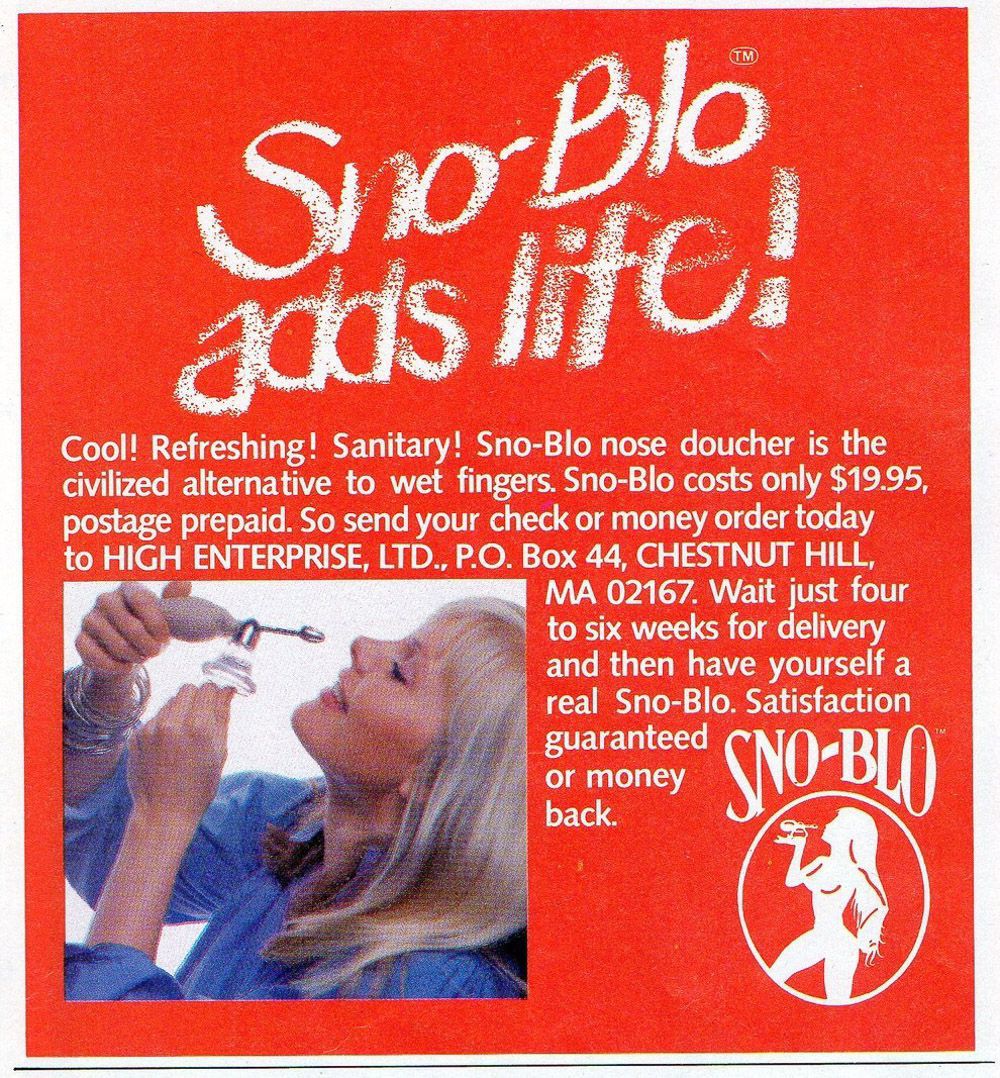
These vintage ads for cocaine and cocaine paraphernalia show how crazy and disturbing the 1970s were. It was a time when it was normal to see advertisements offering all kinds of coke equipment such as a spray to ease irritated nostrils, products to keep the powder dry and free of clumps, ivory snorting straws, gold-plated razor blades, special coke sniffers. Everything to make the experience easy.
While the War on Drugs was underway and cocaine was still very much illegal, selling and marketing coke equipment (with the fine print “Not intended for illegal use!”) was a legitimate and lucrative business.
In the 1970s, cocaine emerged as the fashionable new drug for entertainers and businesspeople. Cocaine seemed to be the perfect companion for a trip into the fast lane. It “provided energy” and helped people stay “up.”
At some American universities, the percentage of students who experimented with cocaine increased tenfold between 1970 and 1980. The height of drug use in the United States was in 1979, when one in 10 people used illegal drugs on a daily basis, according to the FDA. It was a glamorous party drug that fit in with late nights, loud music, and flashy fashion.
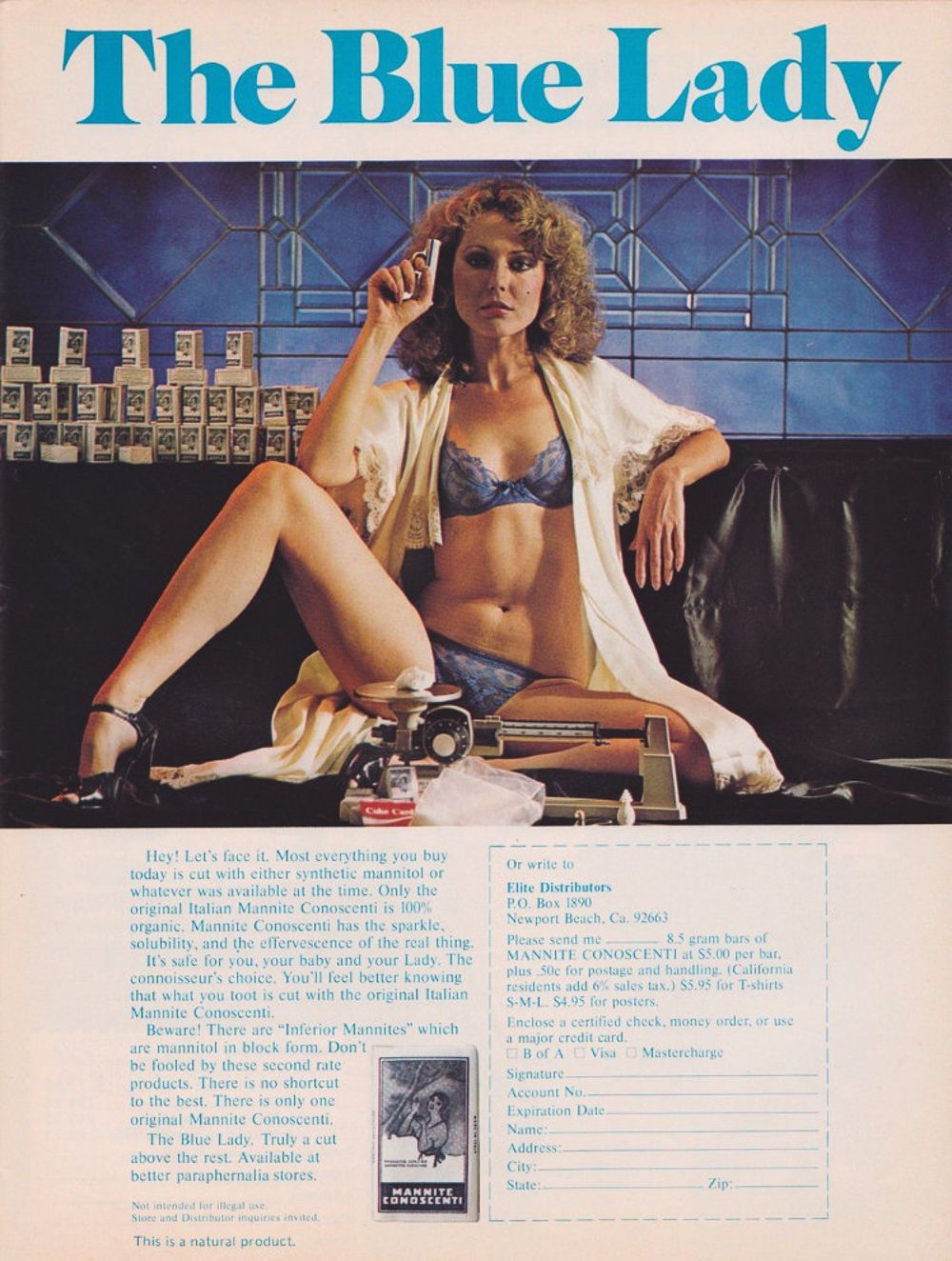
Large amounts of the drug were moving into the country from South America; it was cheap, and dealers took advantage by buying large quantities and mixing it with ammonia and baking soda to create an even cheaper, solid version called crack.
While the white powder was winding its way through rich parties, crack – solid, smokable, faster, and much more addictive – found its way into low-income communities.
While traditionally cocaine was a rich man’s drug (due to the large expense of a cocaine habit), by the late 1980s, cocaine was no longer thought of as the drug of choice for the wealthy. By then, it had the reputation of America’s most dangerous and addictive drug, linked with poverty, crime, and death.
In 1986, under Ronald Reagan, the Anti-Drug Abuse Act was passed. One provision allows the president to increase tariffs (taxes on imports) on products from countries that do not cooperate with the U.S. efforts to stop drug imports into the United States.
Another provision makes the seizure of drug offenders’ assets (houses, boats, cars, and money) easier. The act also created the first laws against money laundering or moving illegally obtained money (such as drug sale proceeds) into or out of bank accounts.

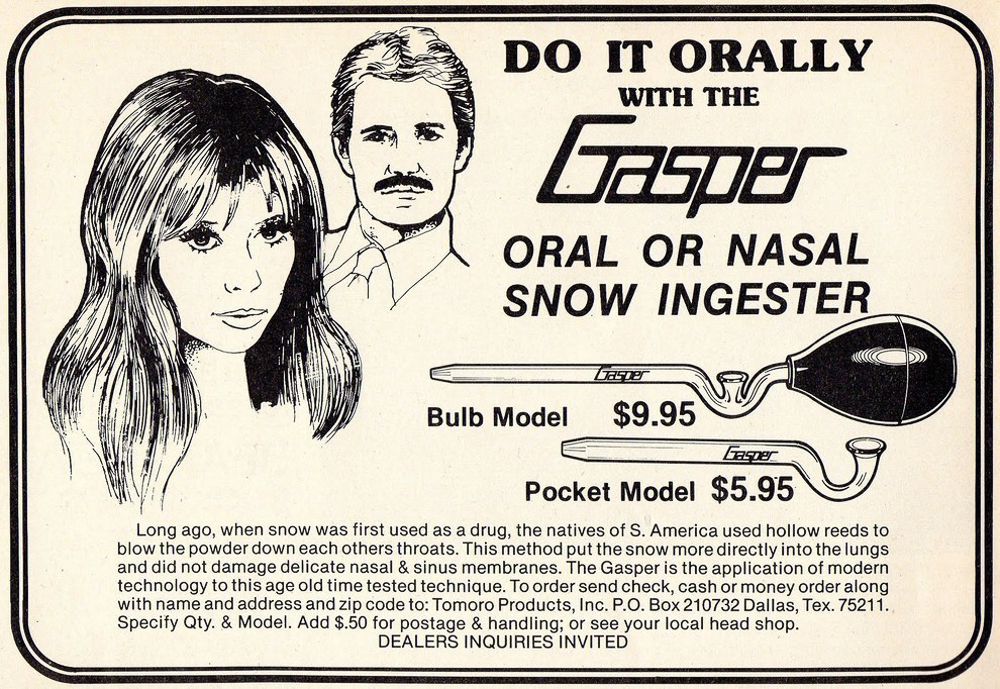
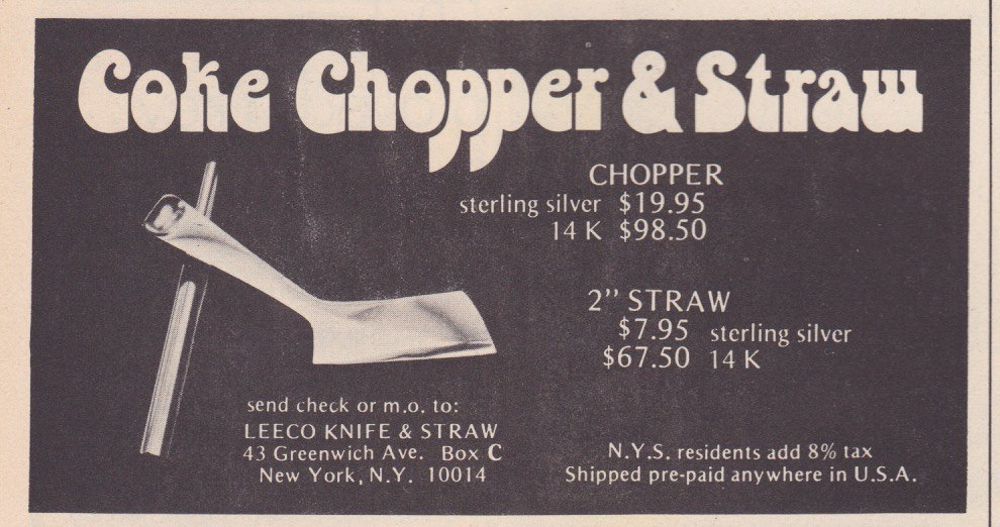
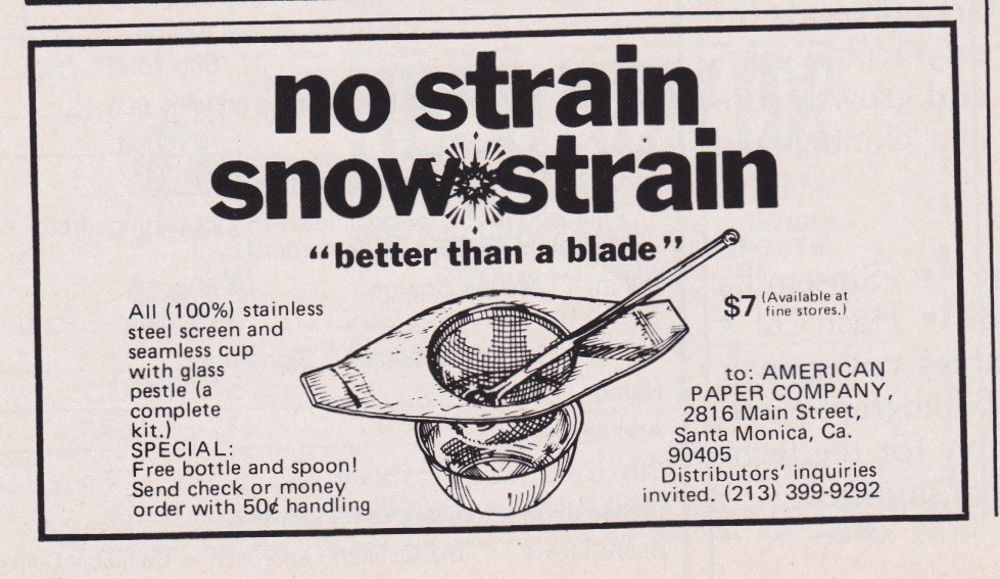

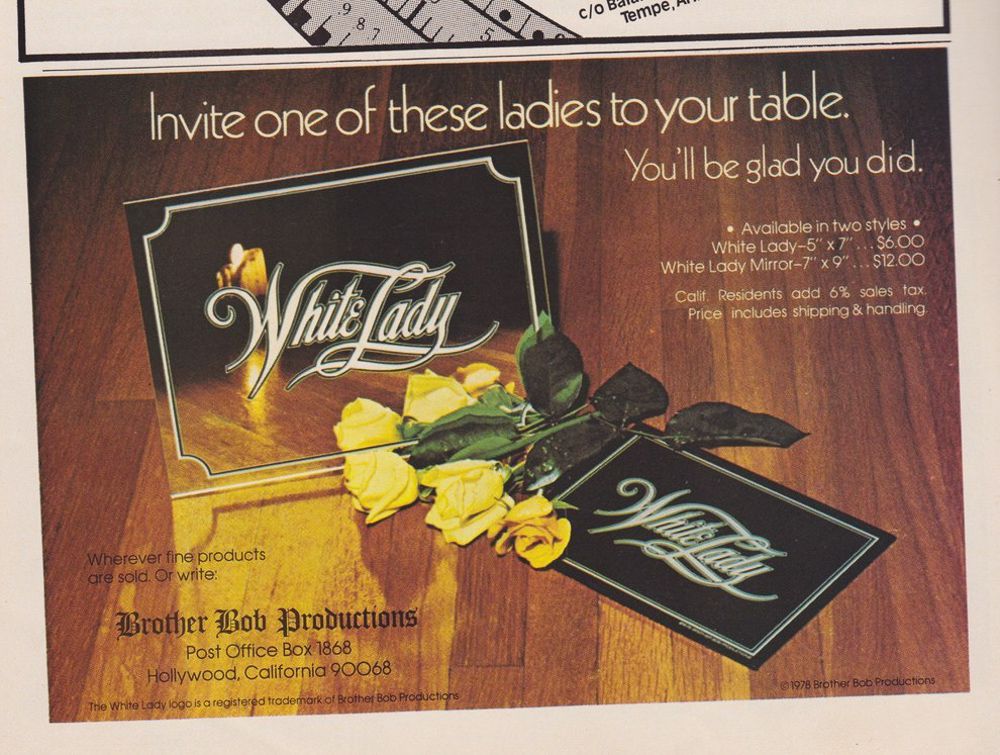
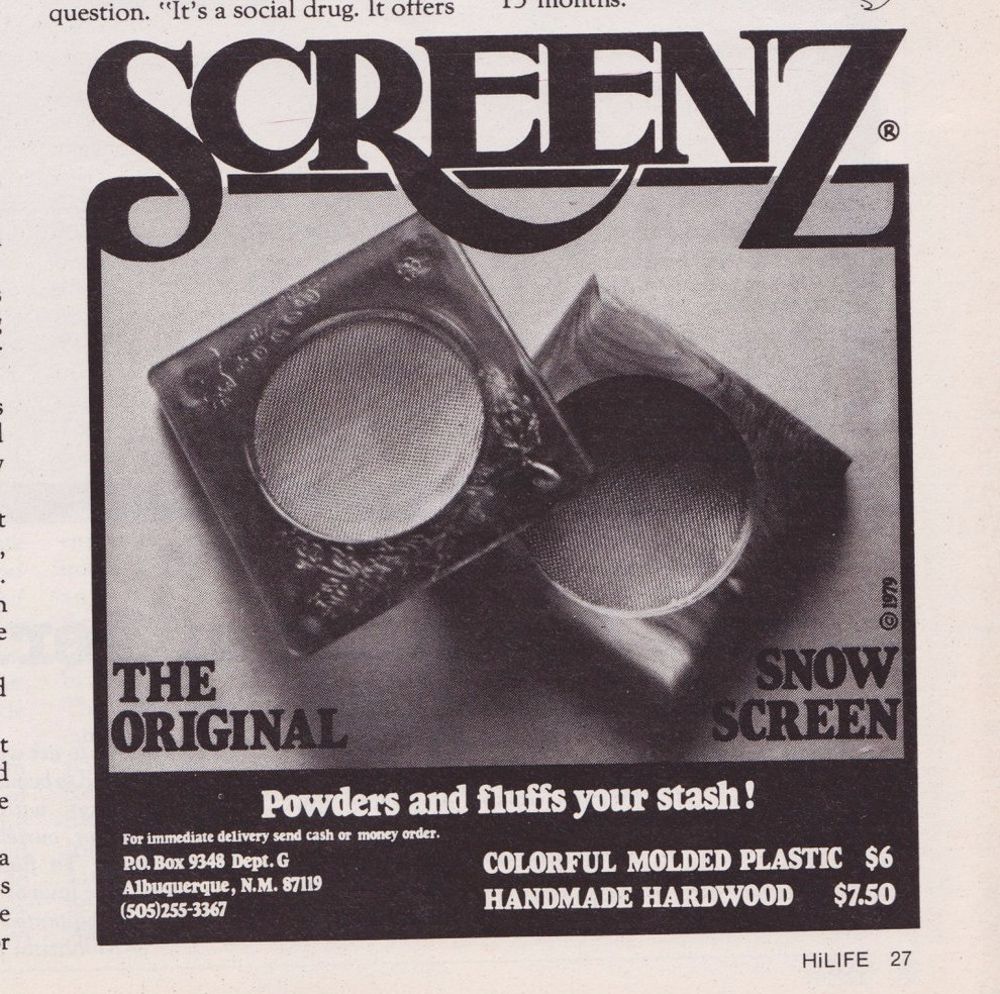
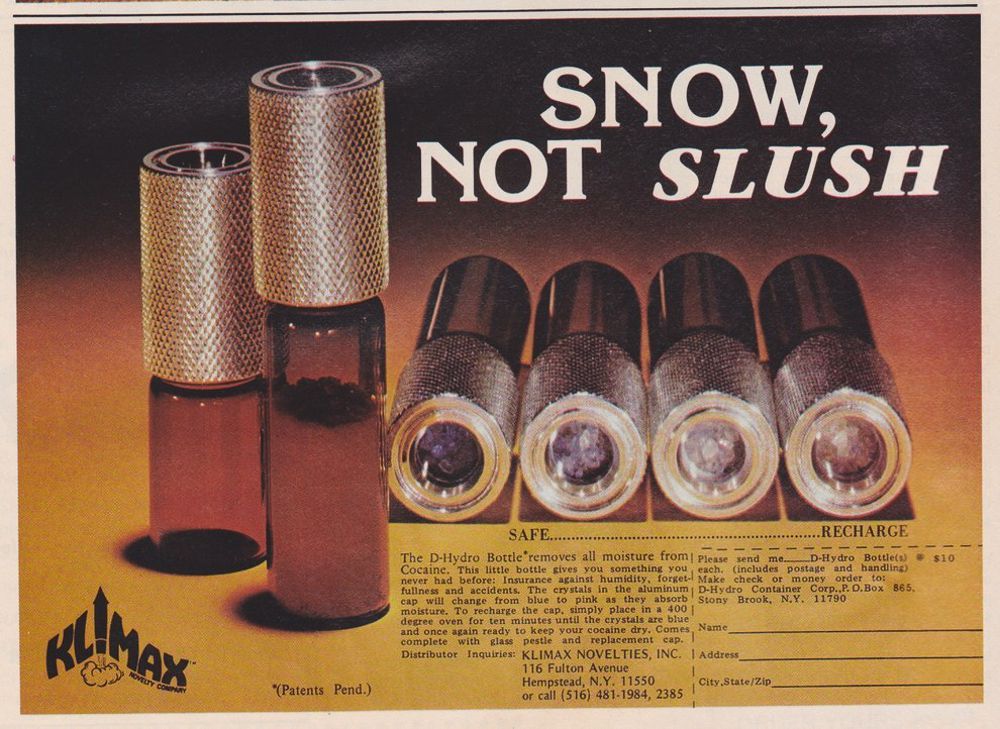


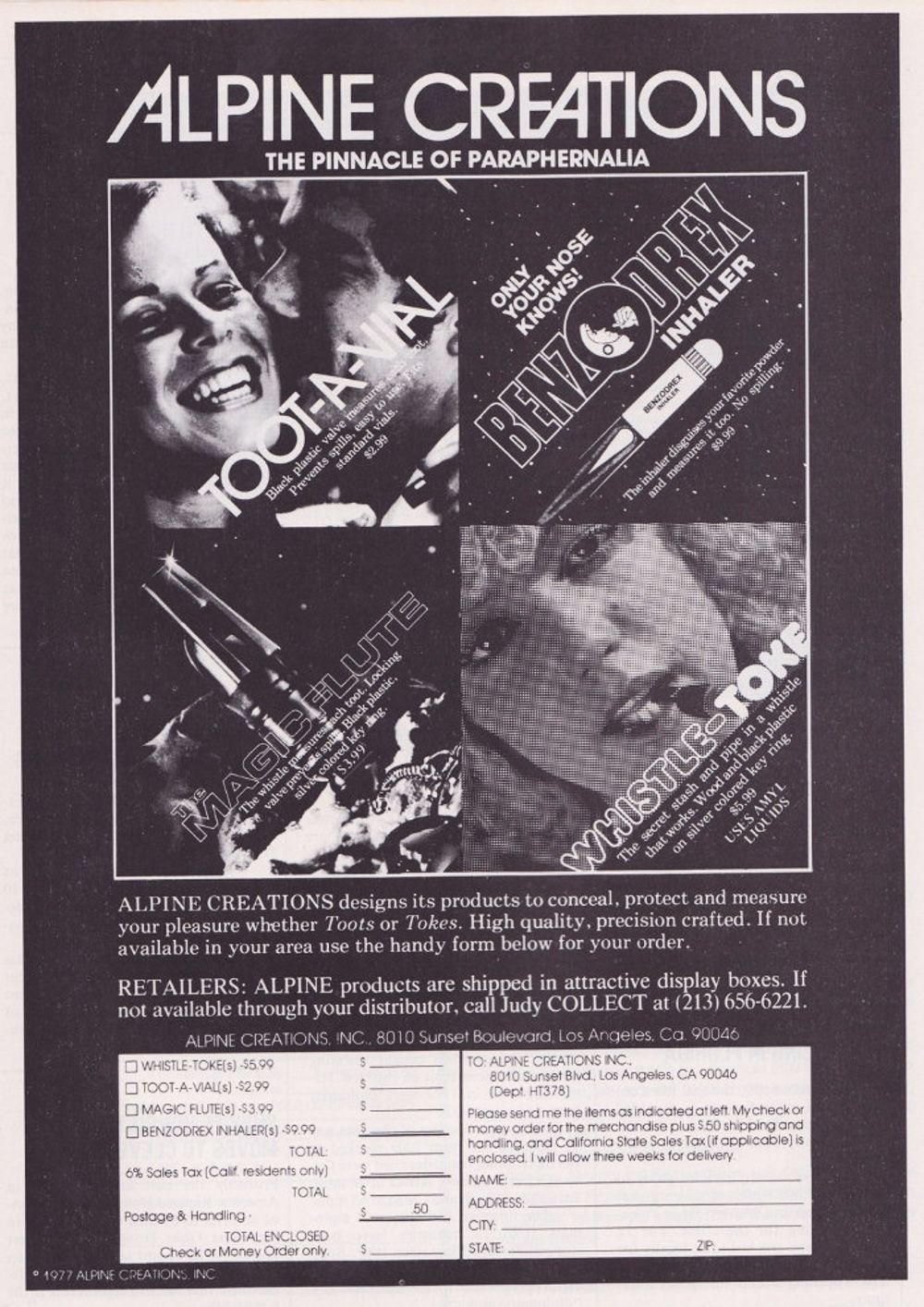
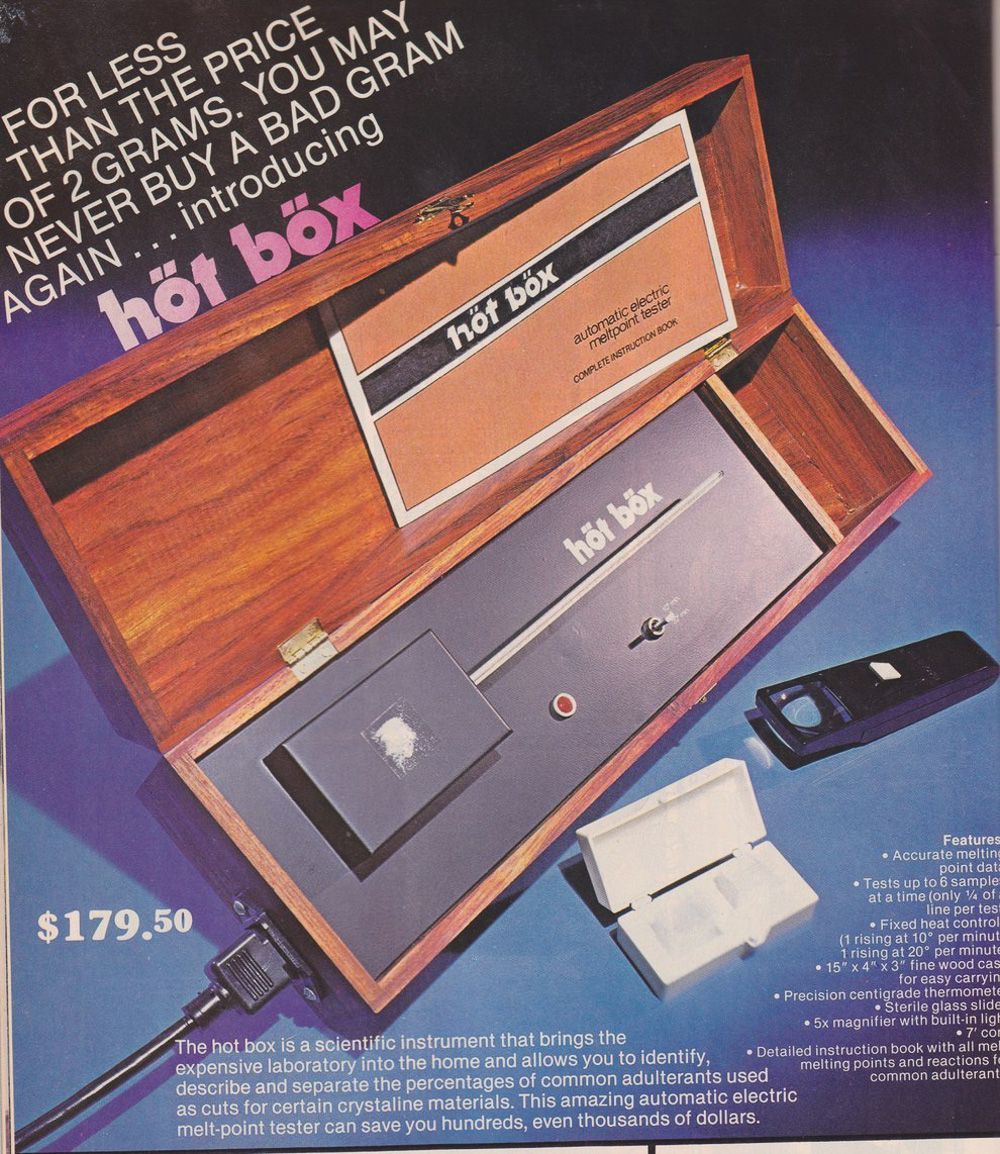
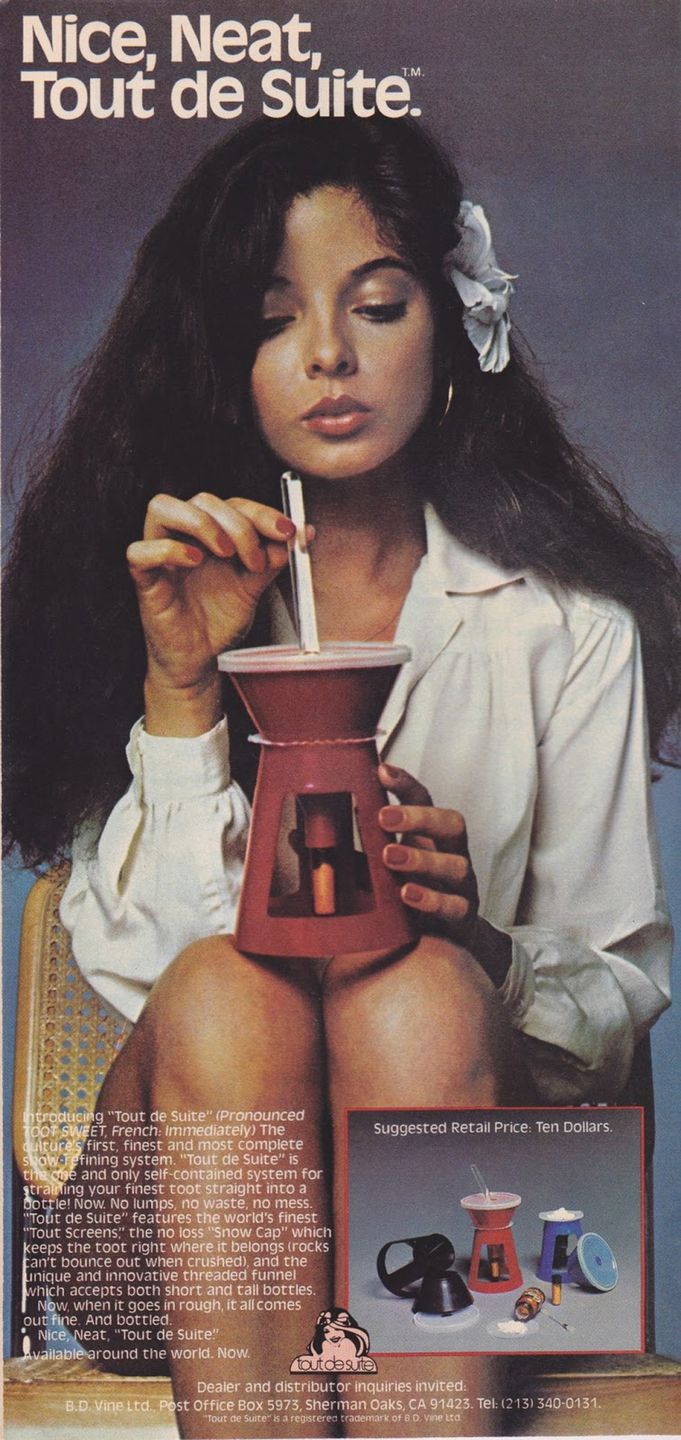


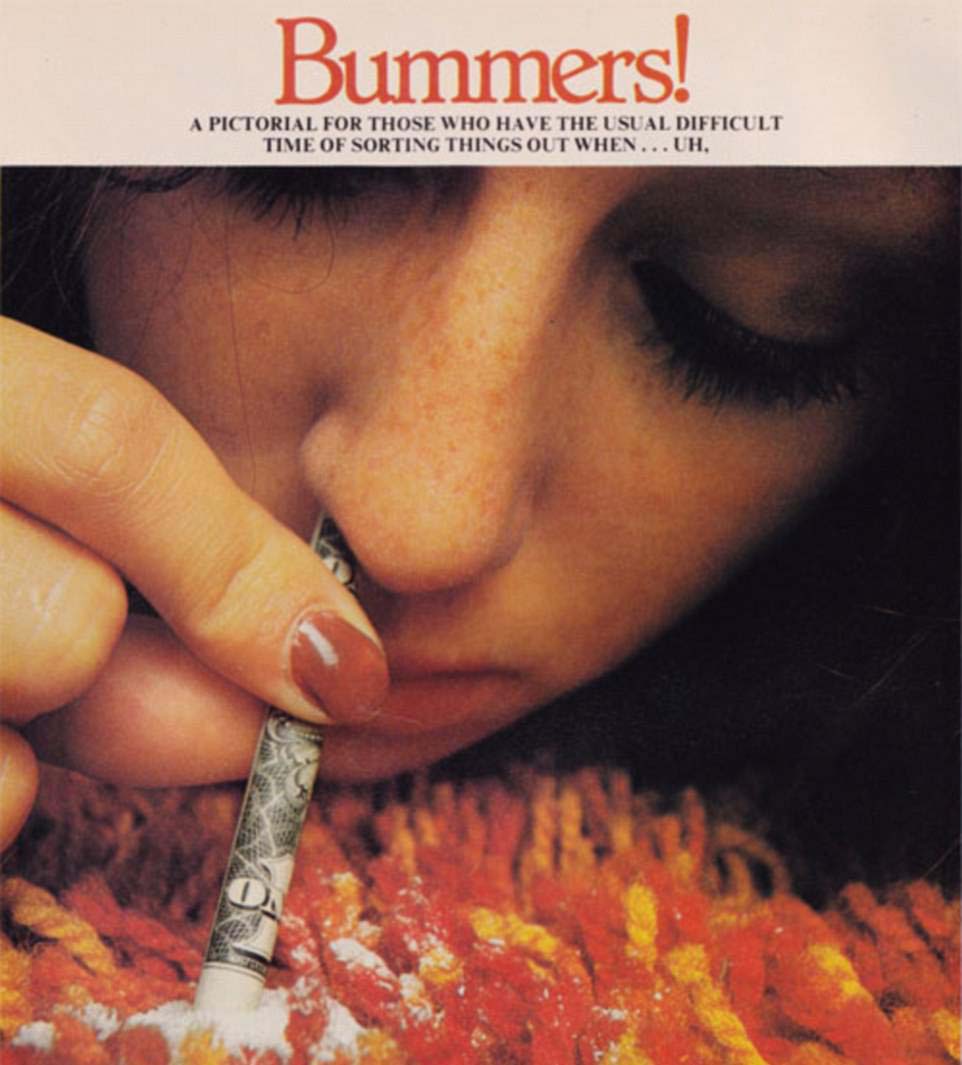
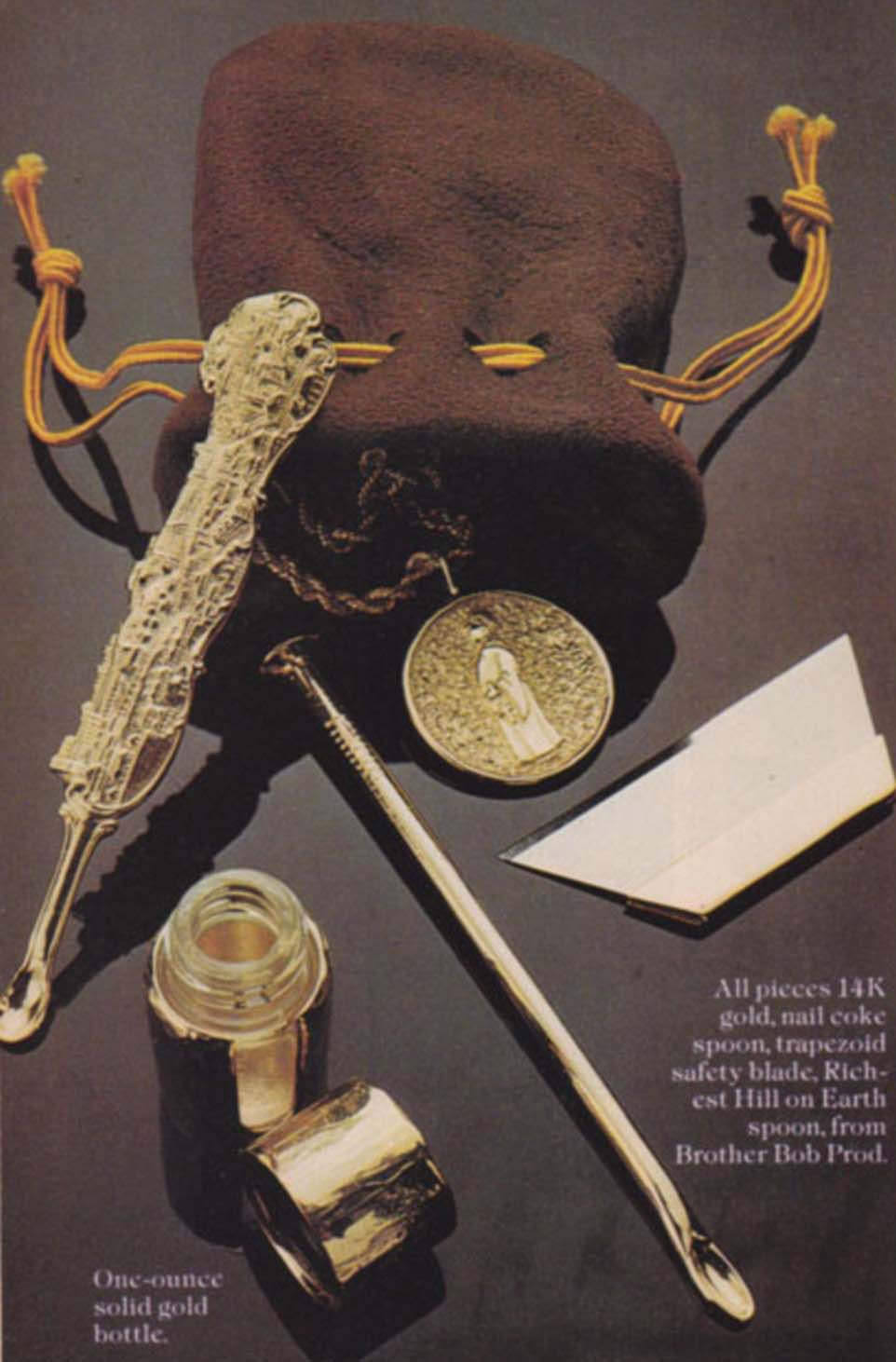


Comments
comment 😃
Successfully transferred 200 item(s) to ti4go2.
voted.
Successfully transferred 1000 item(s) to J A M E S..
lol!
Successfully transferred 200 item(s) to Saber AbdAllah.
комент 🙂
Successfully transferred 200 item(s) to Jasmmine.
Damn.
Successfully transferred 200 item(s) to idna.
VOTE GOOD LUCK
Successfully transferred 200 item(s) to Zoran I Makedonski.
I identfy myself as eArmenian citizen, am I getting 1000?
))))))
Successfully transferred 200 item(s) to kacper5422.
Pf
Comment
Successfully transferred 200 item(s) to Ivan Petrof.
o7
Successfully transferred 200 item(s) to Equilibrium.
o7
Successfully transferred 200 item(s) to Fenoglioteam.
OMG !!!
Successfully transferred 200 item(s) to H U L K.
Can't believe these days existed!!!!
Successfully transferred 200 item(s) to AmirCrowley.
The Greatest Showman Cast - Never Enough
Successfully transferred 200 item(s) to Minho Village.
fascinating!
Successfully transferred 1000 item(s) to AG.trimafadzi.
Hi! o7
i'm half eArmenian on my mother side 🙂
Successfully transferred 200 item(s) to Autosar.
https://youtu.be/zVOuRQPPdoo
don't send anything. cheers
o7
Successfully transferred 200 item(s) to Guayanes.
o/
Successfully transferred 200 item(s) to Belir Noyan.
The set in ivory is twice unthinkable today 😃
The gold set is wonderful, love the snow shovel lol
Successfully transferred 200 item(s) to Dr.Male.
Ok then...
Successfully transferred 200 item(s) to Dr Druid.
o7
Successfully transferred 200 item(s) to s1t9e8f2.
This is cool. I prefer Pepsi though.
Successfully transferred 200 item(s) to Chutley.
o7
Successfully transferred 1000 item(s) to Gagak Rimang.
this is awesome
Successfully transferred 200 item(s) to CarbonCopy.
Hmmmmm
Successfully transferred 200 item(s) to Reidhz.